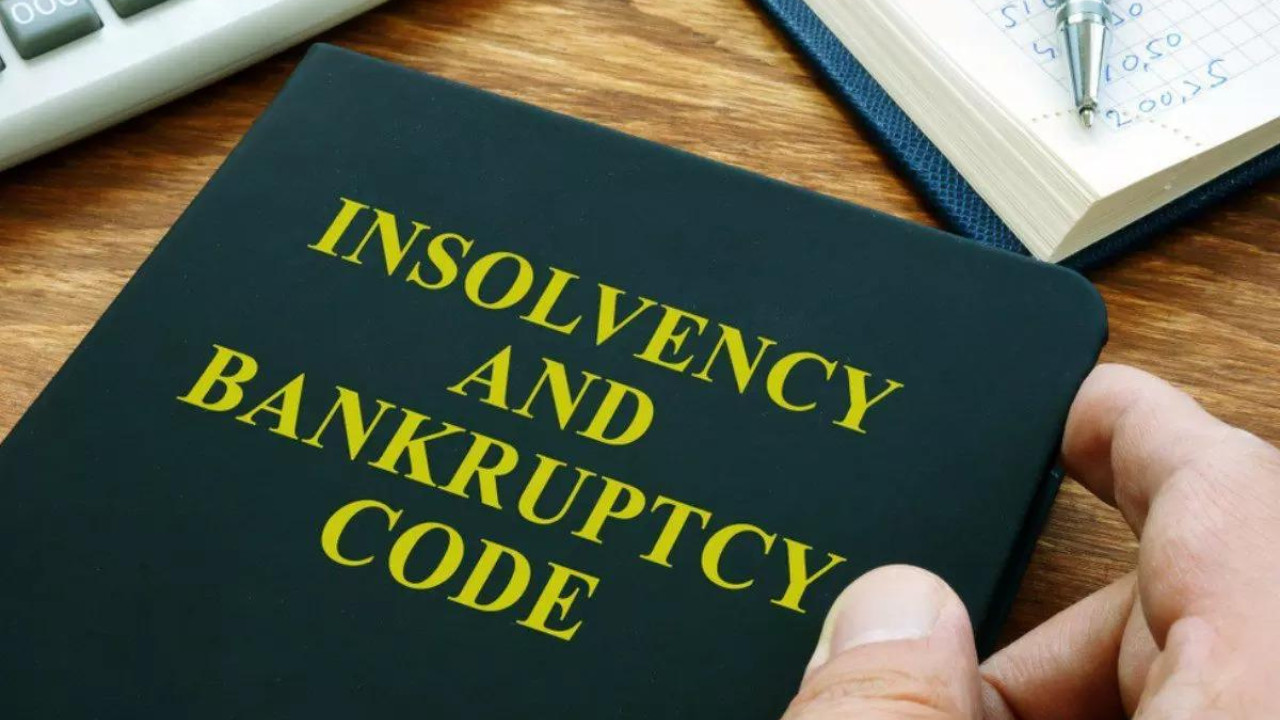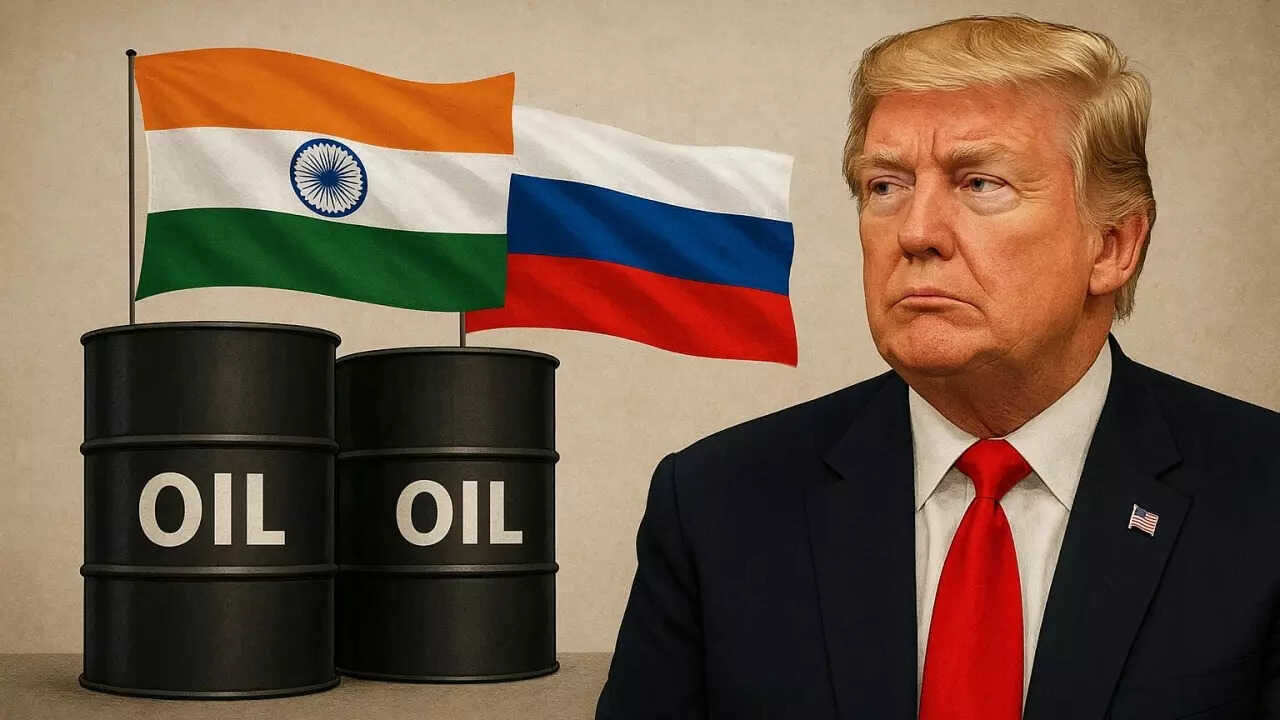The rupee strengthened to 85.48 against the US dollar, gaining 24 paise, fueled by robust foreign fund inflows and positive domestic equity market performance. The rise occurred despite increasing crude oil prices, with traders remaining cautious about upcoming US tariff deadlines. The Sensex and Nifty also saw gains, reflecting the overall positive market sentiment.
The Rupee’s Resilience: A Climb Back Against the Greenback
The Indian Rupee, that vital artery of our economy, has shown a pulse of renewed strength, staging a comeback against the ever-dominant US dollar. Recently, the rupee clawed back 24 paise to settle at 83.48 against the dollar. But what fueled this resurgence, and what does it signal for the Indian economy?
Several factors appear to be contributing to this positive shift. Perhaps most notably, increased inflows from Foreign Institutional Investors (FIIs) have injected vital capital into the Indian market. These inflows often act as a vote of confidence, signaling that international investors see potential and value in the Indian economy. But what is it that they see?
Understanding the Dynamics Behind the Rupee’s Rise
The rise is not just about inward investment, though. Gains in the domestic equity markets have also bolstered the rupee’s position. A buoyant stock market typically reflects positive sentiment about the overall health of Indian businesses and their future prospects. As companies thrive and market confidence grows, the rupee tends to strengthen.
Consider it like this: a strong stock market attracts investment, and that investment then adds momentum to the strength of the rupee.

Furthermore, the Reserve Bank of India (RBI) plays a crucial role in managing the rupee’s exchange rate. The RBI closely monitors the market and intervenes when necessary to prevent excessive volatility. These interventions can involve buying or selling dollars to influence supply and demand and stabilize the rupee’s value. All of these things work together in a complex balancing act.
Global Factors Influencing the Exchange Rate
Of course, the rupee’s performance is not solely determined by domestic factors. Global economic trends and geopolitical events also play a significant role. For example, interest rate decisions by the US Federal Reserve can have a substantial impact on capital flows and the dollar’s strength. If the Fed raises interest rates, it can attract investment to the US, increasing demand for the dollar and potentially weakening other currencies, including the rupee.
Conversely, a weaker dollar, often resulting from lower US interest rates or concerns about the American economy, can provide relief for the rupee. These fluctuations are part of the ebb and flow of the global economy, and understanding them is vital for anyone following currency markets.
What Does a Stronger Rupee Mean for India?
A stronger rupee offers several potential benefits for the Indian economy. Firstly, it can make imports cheaper, which can help to lower inflation and benefit consumers. Imagine electronics, raw materials for manufacturing, or even crude oil becoming more affordable – that’s the power of a strengthened currency.
Secondly, a stronger rupee can reduce the burden of external debt, as it lowers the cost of servicing loans denominated in foreign currencies. This provides much needed breathing room for businesses and the government, allowing them to invest in other areas of growth.
However, there can be downsides too. A stronger rupee can make Indian exports more expensive, potentially impacting the competitiveness of Indian businesses in the global market. Exporters might find it harder to compete on price, potentially affecting their sales and profitability.
Navigating the Future: Challenges and Opportunities
The recent gains in the rupee are certainly encouraging, but it’s crucial to maintain a balanced perspective. The global economic landscape remains uncertain, with ongoing geopolitical tensions and concerns about inflation and recession in various parts of the world. These factors could easily trigger volatility in currency markets.
You can also explore how the broader financial ecosystem impacts these trends, like the effects of interest rate changes on savings accounts, by reading “[Understanding Interest Rate Fluctuations and Their Impact](internal-link-to-related-content).”
Looking ahead, the key for India will be to continue attracting foreign investment, maintaining fiscal discipline, and implementing policies that promote sustainable economic growth. A stable and predictable economic environment will foster confidence in the rupee and help it maintain its strength against the dollar. It will also be critical to diversify export markets and enhance the competitiveness of Indian businesses to mitigate the potential negative impacts of a stronger rupee on exports.
The recent appreciation of the rupee offers a glimmer of optimism, but it’s crucial to recognize that this is just one data point in a complex economic narrative. The interplay of domestic policies, global events, and market sentiment will ultimately determine the rupee’s long-term trajectory.







